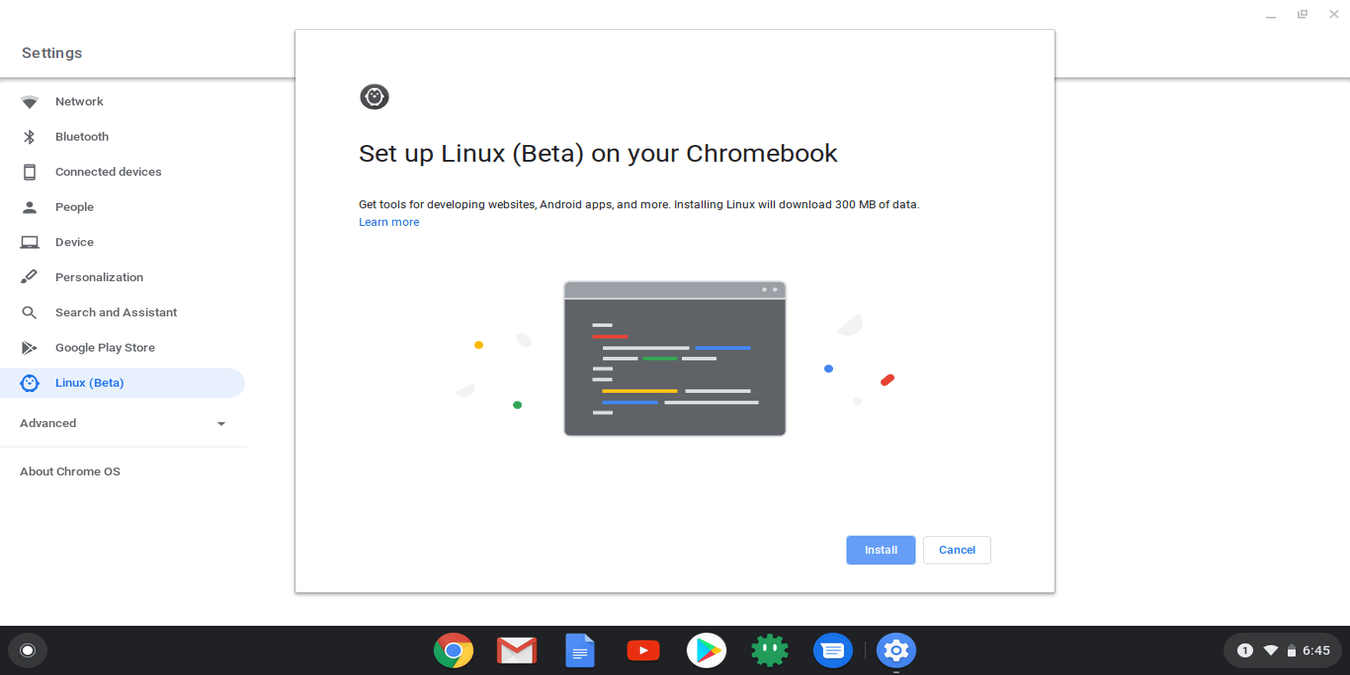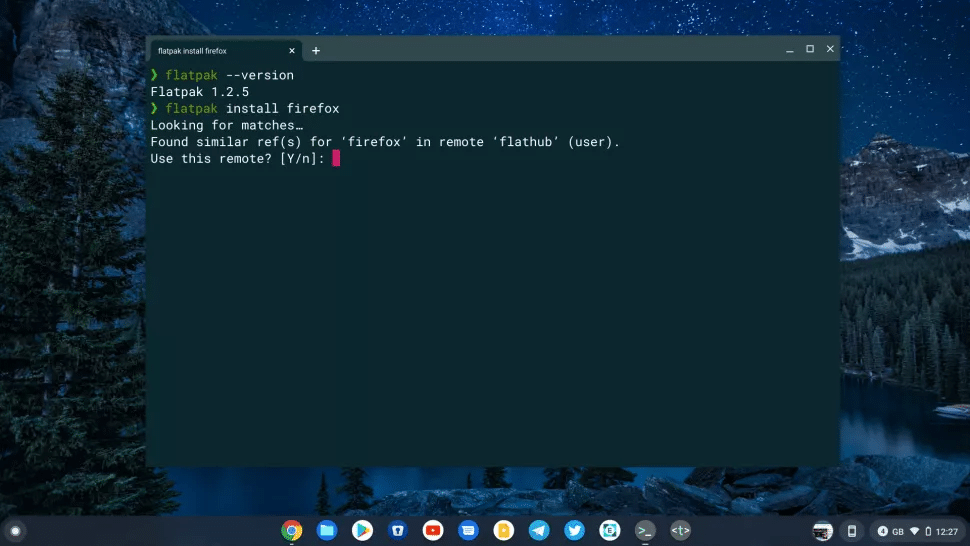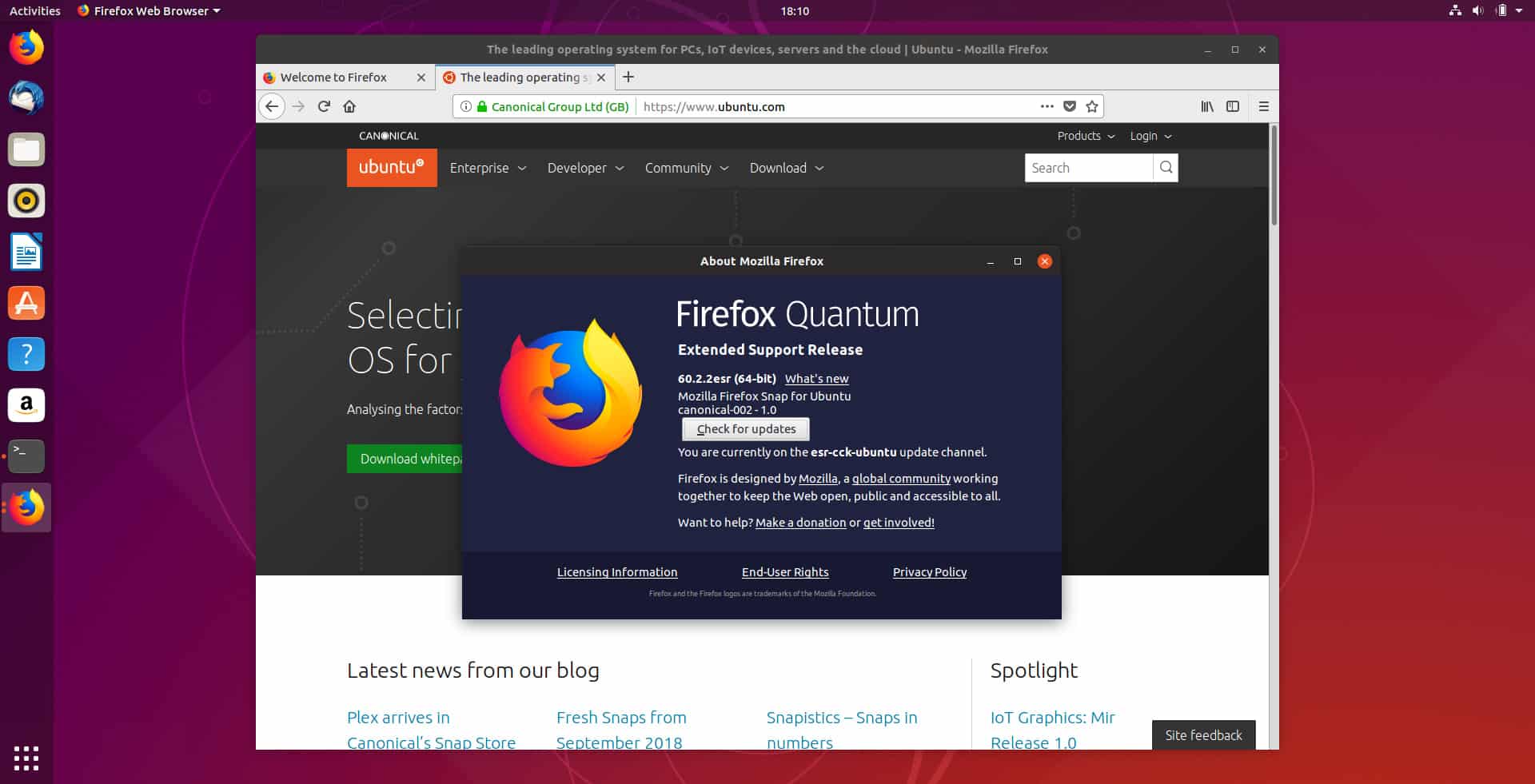Are you looking for a guide on how to install Firefox on a Chromebook? To back up a little, have you ever heard about Android vs. iOS? It is a classic case of debate against the two major OSes in the world. Similarly, there’s Chrome vs. Firefox that people usually discuss a lot, and based on what you prefer, you could be using either of the two. ChromeOS on Chromebooks has grown over the years thanks to the constant updates and upgrades from the developers. It has Android and Linux support which gives it a much better perspective than many other operating systems.
Google Chrome is a default browser on Chromebooks, but that doesn’t mean you have no other choice. Mozilla Firefox is one of the best web browsers, and it is also available for Chromebooks. Firefox has many features, including Pocket, lightning-fast web surfing and browsing, multi PiP mode, Firefox containers, and so on.
Talking about installing Firefox, you can either install the Android version of Chromebook or use Firefox using the Linux interface to do it. Here are all the methods that you can use.
What You Need to Know
There are two methods of installing Mozilla Firefox on Chromebook, i.e., either utilize the full-fledged Linux experience or go for a stripped Android approach. Here’s more about how you can install Firefox on Chromebook using the respective methods.
Install Firefox for Android on a Chromebook
This process is a pretty easy-to-follow method that doesn’t require pulling strings, enabling things, and so on. Here’s how the short step-by-step procedure goes.

- Firstly, go to the Google Play Store on your Chromebook either on its website or an app.
- Search for Firefox. Since Firefox is a very popular browser, you will get recommendations right away.
- Select the right “Firefox” app and hit the “Install” button.
- After the download and installation are over, you should be able to use this stripped-down version on Chromebook from the app drawer.
Install Firefox on an AMD or Intel Chromebook
If you are using a Chromebook using a Linux-powered AMD or Intel processor, here’s the process to download Mozilla Firefox using Linux and install Firefox on a Chromebook. The distinction between Linux and Android versions of Mozilla Firefox is that the former is a full-fledged version. Let’s learn how to do it.
Step 01: Enable Linux
This step applies to those who haven’t already had Linux enabled. You need to enable Linux on your Chromebook, so follow the steps mentioned below.
- Firstly, go to the Settings app on your Chromebook.

- Find “Linux” or “Linux (Beta)” and hit the “Turn On” button against it.
- Follow the on-screen instructions that will commence including a screen prompting you to select the space you want to allocate for Linux.
- Once everything is set and done, hit the “Install” button and your Chromebook should get Linux in some time. Of course, this could take some time so be patient.
- Open Terminal on your Chromebook using the search option.
- Enter these commands one by one.
sudo apt updatesudo apt upgrade
Step 02: Install Flatpak
The next step towards “How to install Firefox on a Chromebook” is to install Flatpak, which allows installing Linux applications in isolation without affecting others in the system. Follow the instructions as mentioned below.
- Firstly, open Terminal on your Chromebook.
- Check if you already have Flatpak installed using the command “flatpak –version” without the quotation mark. If it’s not installed, follow the next step.

- Run the command
sudo apt install flatpakand hit enter. - Again, this will take a few moments but once it is installed, you can run the
flatpak --versionto verify and that’s all.
Step 03: Install Mozilla Firefox
Once done with Step 01 and Step 02, it’s time for the final ‘Step 03’, which is where you will finally be able to install Firefox on your Chromebook.
- First up, launch Terminal on your Chromebook.
- Next up, run the command
flatpak install firefoxwithout the quotation mark. - Comply with the on-screen instructions and ensure that you choose the URL which has the official Mozilla Firefox version and not some others.
- Install the browser.
- Open Linux Apps on the app drawer and you will find Mozilla Firefox available for use any way you want and that’s all.
Although the process looks lengthy, trust me, it won’t take much time to pull through all these instructions, and in a matter of a few minutes, you will get your hands on Firefox on your Chromebook.
Install Firefox on an ARM-based Chromebook
Now that you know how to install Firefox on a Chromebook powered by Intel or AMD processors let’s look at Chromebooks based on ARMs. Here’s how the process works, thanks to the ESR version of Firefox.
Step 01: Enable Linux

- First up, roll into the Settings >> search for Linux and “Turn On” against the “Linux (Beta)” option.
- The process will be kickstarted where you will be asked to name the Linux container as well as allot certain space on your Chromebook.
- Follow the instructions mentioned on the screen and you should be able to install Linux promptly.
- Once you have installed it, open Terminal from the app drawer.
- Enter the following commands individually.
sudo apt updatesudo apt upgrade
Step 02: Download Firefox ESR
- Open Terminal on your Chromebook.
- Enter the following command –
sudo apt install firefox-esr
- Let the command take over and process it and it could take some time since it is installing a new app. You will be notified once Linux has installed Firefox ESR without any hassle.
- Go to your app drawer and search for “Firefox ESR” or “Firefox-ESR” and there you have it.
What is the ESR version of Mozilla Firefox?
Before you can commence installing Firefox ESR on an ARM-based Chromebook, here’s what you must know.
ESR stands for Extended Support Release. Albeit it is an official version of Mozilla Firefox, it is still a long way in terms of features and functionalities compared to the Standard version. The features come to ESR along with significant updates from time to time. Although, not as much as the Standard version, which gets updated regularly.

However, Mozilla keeps the ESR versions updated with security and stability profiles. Plus, it is a full-fledged version of Firefox for ARM-based Chromebooks, whereas the Standard version only supports x86 Chromebooks.
Use Firefox on Chromebook After Installation
To summarise, here are several different methods you can use to install Firefox on a Chromebook. This guide will help you install either the Android version, a standard version, or an ESR version depending on your preferences. Of course, it’s a tiny bit technical, but nothing a newbie can’t do since the steps are discussed in detail above.
ALSO READ:
- How to Download Netflix on a PC or Laptop?
- Opera Mini Download For PC (Windows 11,10,8,7) 2024
- Fix: WhatsApp Web Couldn’t Link Device Try Again later
- 10 Best Windows 7 Themes to Download Free in 2024
- How to Enable and Disable Screen Distance on iPhone and iPad With iOS 17 Easily
- How to Cancel Subscriptions on iPhone, iPad, and Mac Easily